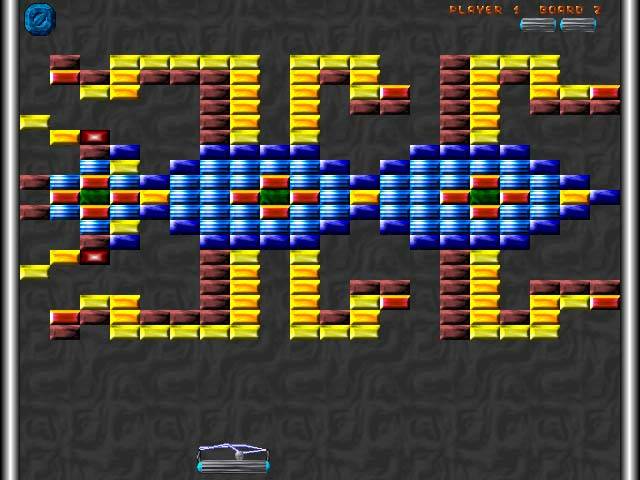

Avascular necrosis or osteonecrosis: Acetabular fractures can interrupt the blood supply to your acetabulum bone.When your cartilage becomes uneven, it can lead to wear and tear in the joint. When you injure your acetabulum, you also injure the cartilage around it. Posttraumatic arthritis: Cartilage covers your acetabulum bone.What are the complications of an acetabular fracture?Īn acetabular fracture can cause difficult complications. With a total hip replacement, your surgeon removes the damaged hip and cartilage and replaces them with artificial parts. Total hip replacement: If your acetabulum is week or too damaged to repair, your surgeon may perform a total hip replacement.A surgical anchor holds the fragments together until the bone heals. Open reduction and internal fixation (ORIF): With an ORIF, your surgeon puts the bone fragments back in place.Depending on the pattern and severity of your injury, your surgeon may perform: A surgeon needs to repair most acetabular fractures with surgery.Anti-coagulants (blood thinners): Your healthcare provider may prescribe blood thinners to reduce the risk of blood clots forming in the veins of your legs.Pain relievers: Your healthcare provider may prescribe a medication to help with the pain.You may use an abduction pillow or knee immobilizer to keep your hip in place. Leg-positioning device: Your healthcare provider may want to restrict the positioning of your hip.You may be on crutches or a walker for up to 12 weeks. Crutches or a walker: Until your bones are fully healed, you won’t be able to put any weight on your leg.If your fracture is stable and the bones are in place, surgery may not be necessary. Treatment for an acetabular fracture depends on the pattern of fracture and severity of your injury. What is the treatment for an acetabular fracture? Knowing the pattern and severity of your fracture can help your healthcare provider determine the correct treatment for you. Open or compound fractures (when bone fragments stick out of the skin) are particularly severe because infection can occur in both the bone and the wound. Injury to muscle, tendons, nerves and skin around your hip.How much each fragment is out of place.The severity of your fracture depends on the following factors: Sometimes an acetabulum breaks straight across and other times it shatters into pieces. How is the severity of an acetabular fracture determined? This type of fracture happens because of overuse or repeated stress put on your acetabulum bone.

Stress fractures: An acetabular stress fracture is a small crack in your acetabulum bone.Comminuted fractures: A comminuted acetabular fracture means your acetabulum broke into more than two fragments.Transverse fractures: A transverse acetabular fracture means your acetabulum broke at a 90-degree angle or perpendicular to the long part of your bone.Posterior wall fractures: A posterior wall acetabular fracture is a break in the back column of bone or area around the bony rim (wall) of your hip socket.Anterior wall fractures: An anterior wall acetabular fracture is a break in the front column of bone or area around the bony rim (wall) of your hip socket.These patterns are based on location, orientation or in a combination. Your acetabulum can break in different places and in different ways called patterns. What are the different types of acetabular fractures?Īcetabular fractures can occur on your left or right. Most hip fractures are in the upper femur or femoral head. Acetabular fractures are much less common than most hip fractures.

This joint is what lets you walk.Īn acetabular fracture can cause a significant loss of motion and function. The ball-and-socket joint allows movement between your thigh bone and your pelvis. Your femoral head, which is the upper end of your femur (thigh bone), forms the ball.

Your acetabulum, which is part of your pelvis, forms the socket. An acetabular fracture is a break in your hip socket.


 0 kommentar(er)
0 kommentar(er)
